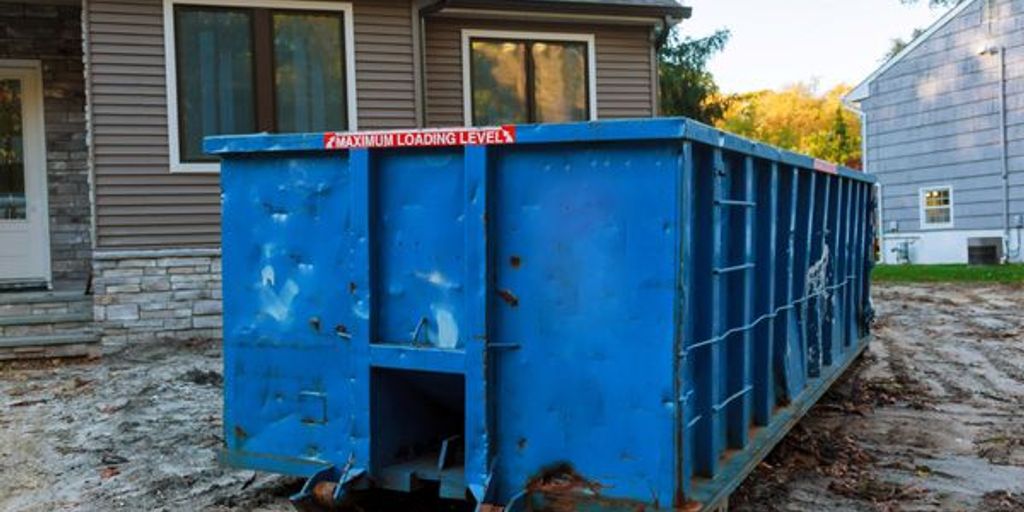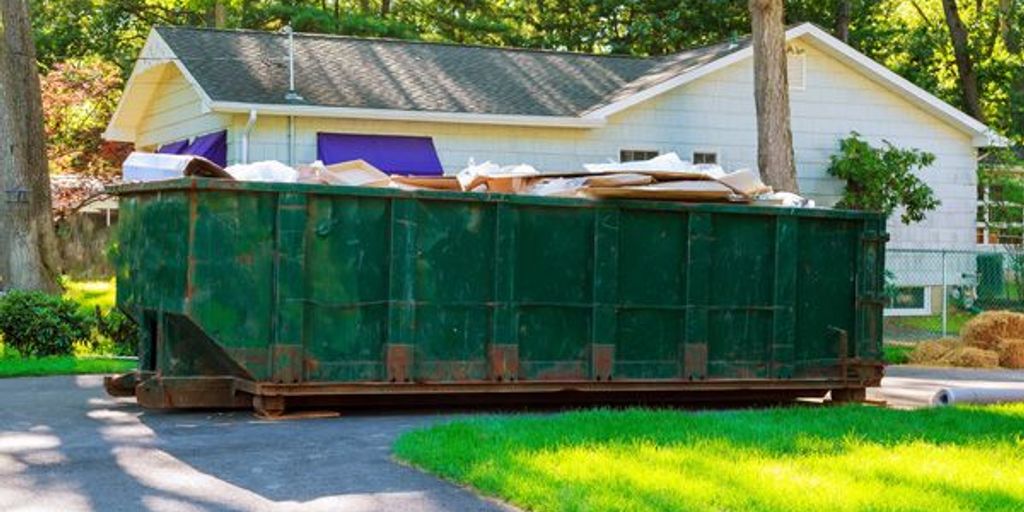Dumpster sizes for furniture
Getting rid of old furniture can be a big job, and choosing the right dumpster size is important to make the process easier. Whether you’re cleaning out a single room or an entire house, knowing which dumpster size to rent can save you time and money. This guide will help you understand the different sizes of dumpsters available and how to pick the right one for your furniture disposal needs. Key Takeaways Small dumpsters, like 10-yard ones, are great for minor furniture removal projects and fit well in tight spaces. Medium dumpsters, such as 20-yard containers, strike a balance between capacity and space efficiency, perfect for moderate furniture disposal. Large dumpsters, like 30-yard ones, are ideal for major furniture cleanouts and can handle bulky items easily. Consider the type and amount of furniture you need to dispose of when choosing a dumpster size to avoid extra fees. Properly loading the dumpster and following local regulations can help ensure a smooth and cost-effective furniture disposal process. Understanding Different Dumpster Sizes for Furniture Disposal When it comes to disposing of furniture, choosing the right dumpster size is crucial. Different projects require different dumpster sizes to ensure efficiency and cost-effectiveness. Here, we’ll break down the common sizes and their ideal uses. Small Dumpsters for Minor Furniture Removal Small dumpsters, like the 10-yard size, are perfect for minor furniture removal projects. These dumpsters typically measure 12 feet long, 6 feet wide, and 4 feet tall, holding about 4 pickup truck loads of debris. They are ideal for small cleanouts, such as getting rid of a few pieces of old furniture or clearing out a small room. Medium Dumpsters for Moderate Furniture Disposal For moderate furniture disposal, a 20-yard dumpster is often the best choice. This size can handle larger items and more volume, making it suitable for medium-sized cleanouts or renovation projects. A 20-yard dumpster usually measures 20 feet long, 8 feet wide, and 4 feet tall, accommodating up to 8 pickup truck loads of debris. Large Dumpsters for Major Furniture Cleanouts When dealing with major furniture cleanouts, a large 30-yard dumpster is recommended. These dumpsters are great for large-scale projects, such as estate cleanouts or major home renovations. A 30-yard dumpster can hold a significant amount of furniture and other waste, ensuring you have enough space to dispose of everything in one go. Choosing the right dumpster size ensures you don’t overpay for space you don’t need or end up with a dumpster that’s too small for your project. Factors to Consider When Choosing a Dumpster Size Type of Furniture Being Disposed When selecting a dumpster size, think about the type of furniture you need to get rid of. Bulky items like sofas and beds will take up more space compared to smaller items like chairs and tables. If you’re disposing of heavy materials, you might need a larger dumpster to handle the weight. Amount of Furniture to Remove The total amount of furniture you plan to dispose of is another key factor. If you’re clearing out an entire house, you’ll need a bigger dumpster than if you’re just getting rid of a few pieces. Estimating the volume of your furniture can help you choose the right size. Available Space for Dumpster Placement Before renting a dumpster, check the space where you plan to place it. Make sure there’s enough room for the dumpster and that it won’t block any important areas. If space is tight, you might need a smaller dumpster or consider a swap-out service to handle the debris. Remember, several factors influence the choice of dumpster size for your project. The first consideration is the type and volume of waste you expect to generate. By thinking about these factors, you can pick the right dumpster size for your needs. Estimating the Volume of Furniture for Disposal Assessing the Types of Furniture Before renting a dumpster, it’s important to assess the types of furniture you plan to dispose of. Different furniture pieces take up varying amounts of space. For example, a couch will occupy more room than a small chair. Make a list of all the items to get a clear picture of the volume you’ll need. Calculating the Volume of Each Item To estimate the volume, measure each piece of furniture. Use a tape measure to find the length, width, and height. Multiply these dimensions to get the cubic feet. For instance, a sofa that is 6 feet long, 3 feet wide, and 3 feet high will be 54 cubic feet. Convert this to cubic yards by dividing by 27. This step is crucial because the volume of junk plays a crucial role in determining the dumpster size. Planning for Additional Waste Always plan for extra waste. It’s common to find more items to dispose of once you start cleaning. Add a buffer to your total volume estimate to avoid overloading the dumpster. This ensures you have enough space for everything, including unexpected items. Estimating the volume of furniture accurately helps in choosing the right dumpster size, saving you time and money in the long run. Small Dumpsters for Minor Furniture Projects Ideal Uses for 10-Yard Dumpsters A 10-yard dumpster is perfect for small furniture projects. These compact dumpsters can handle tasks like clearing out a single room, minor home renovations, or small-scale cleanouts. They are also great for yard work and small landscaping projects. Benefits of Using Small Dumpsters Space Efficiency: Small dumpsters fit easily in driveways or tight spaces, making them ideal for urban areas. Cost-Effective: Renting a small dumpster is usually cheaper than larger options, saving you money on minor projects. Ease of Use: With a smaller size, these dumpsters are easier to load and manage. Cost Considerations for Small Dumpsters When renting a small dumpster, it’s important to consider the cost. Typically, small dumpsters are more affordable, but prices can vary based on location and rental duration. Always check for any additional fees, such as overloading charges or extended rental periods. Renting a small dumpster
Dumpster sizes for furniture Read More »











